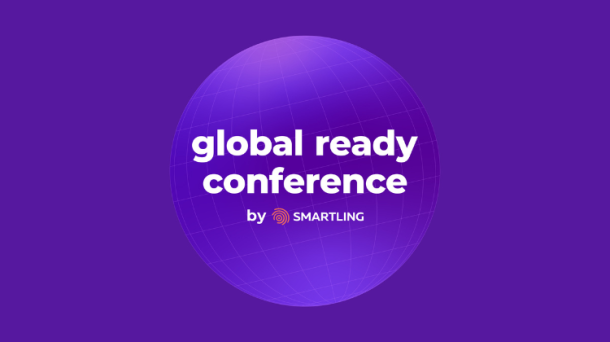Take a minute to think about all the internal tools your written content has to pass through before it’s presented to a customer.
There are probably code repositories and content management systems; product information management platforms and eCommerce enablement suites; email automation hubs and customer service portals.
Each of those individual technologies make our days dramatically easier, but together they form a complex team that doesn’t always play nice with incoming translation management software.
The Plight of Problematic Integrations
Even in the age of software-as-a-service, integrating new tech tools is rarely as smooth as vendors promise or customers expect. Changing requirements, incompatible architecture, and shoddy code are just a few of the factors that commonly derail implementation processes.
These technical bottlenecks can have serious consequences for your localization strategy. Delaying international launches means delaying revenue recognition, at the very least, and it may even mean losing market opportunities to a more agile competitor.
And if complete integration isn’t achieved in the end, then a more chronic set of problems will persist. Productivity will fall and frustration will rise as employees are forced to toggle between an expanding set of user interfaces. Finally, this fragmented environment will likely leave data siloed and powerful business insights untapped.
The Promise of Seamless Software Stacks
Best-in-class translation management software can elevate your localization strategy in several areas. It lets creative teams generate multilingual content without ever leaving their preferred tools. It lets IT teams retreat from day-to-day support tasks altogether. And it lets executive teams take a comprehensive view of all international ventures and confidently make data-based decisions.
But a “best-in-class” label means very little if the product is incompatible with your current and future IT ecosystem. The right solution for you needs to not only prove an integration is possible, but aligned with your unique requirements as well. And since those requirements are always subject to change somewhere down the line, maybe it’s best to chose the option that gives you the most future options.
Learn More
Smartling gives customers the flexibility to integrate via a translation proxy, proprietary connectors, or custom API solution. Contact us today to find out which approach makes most sense for your business.

.jpg)



